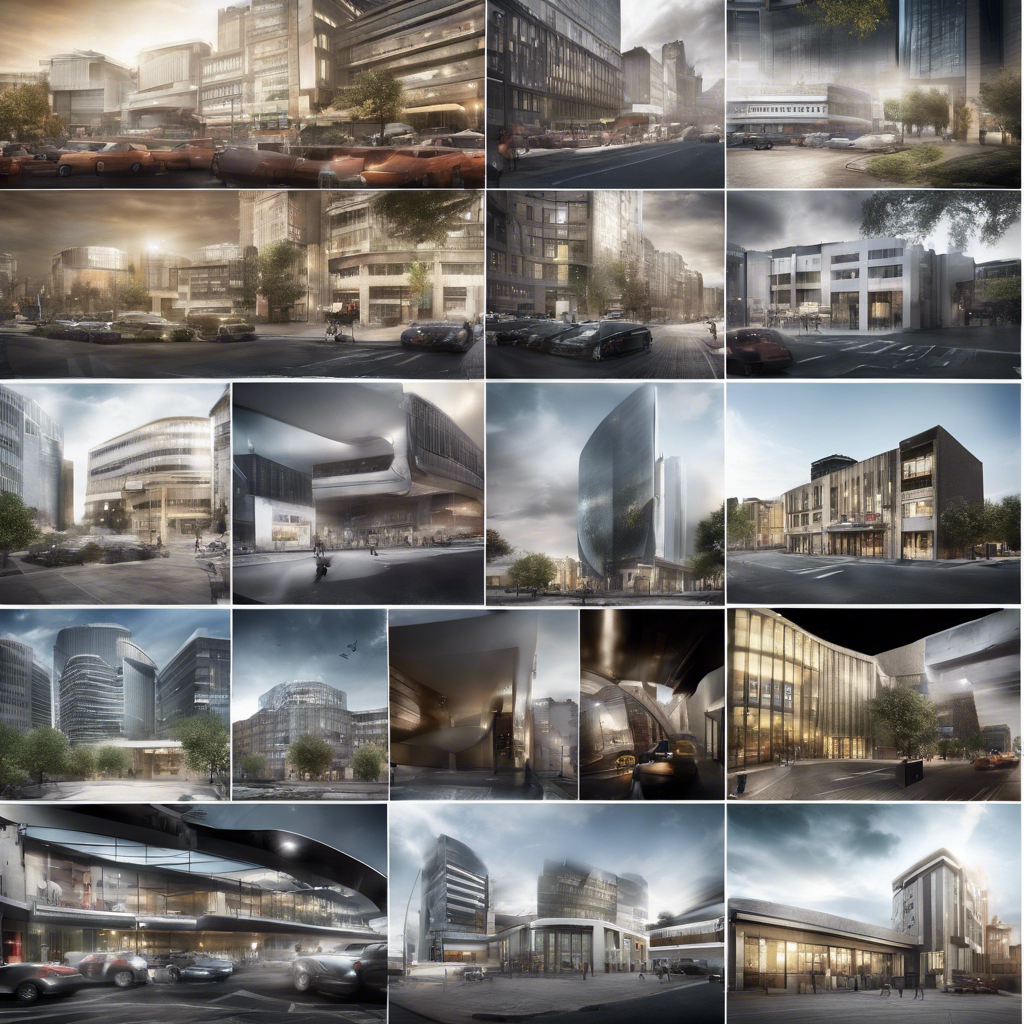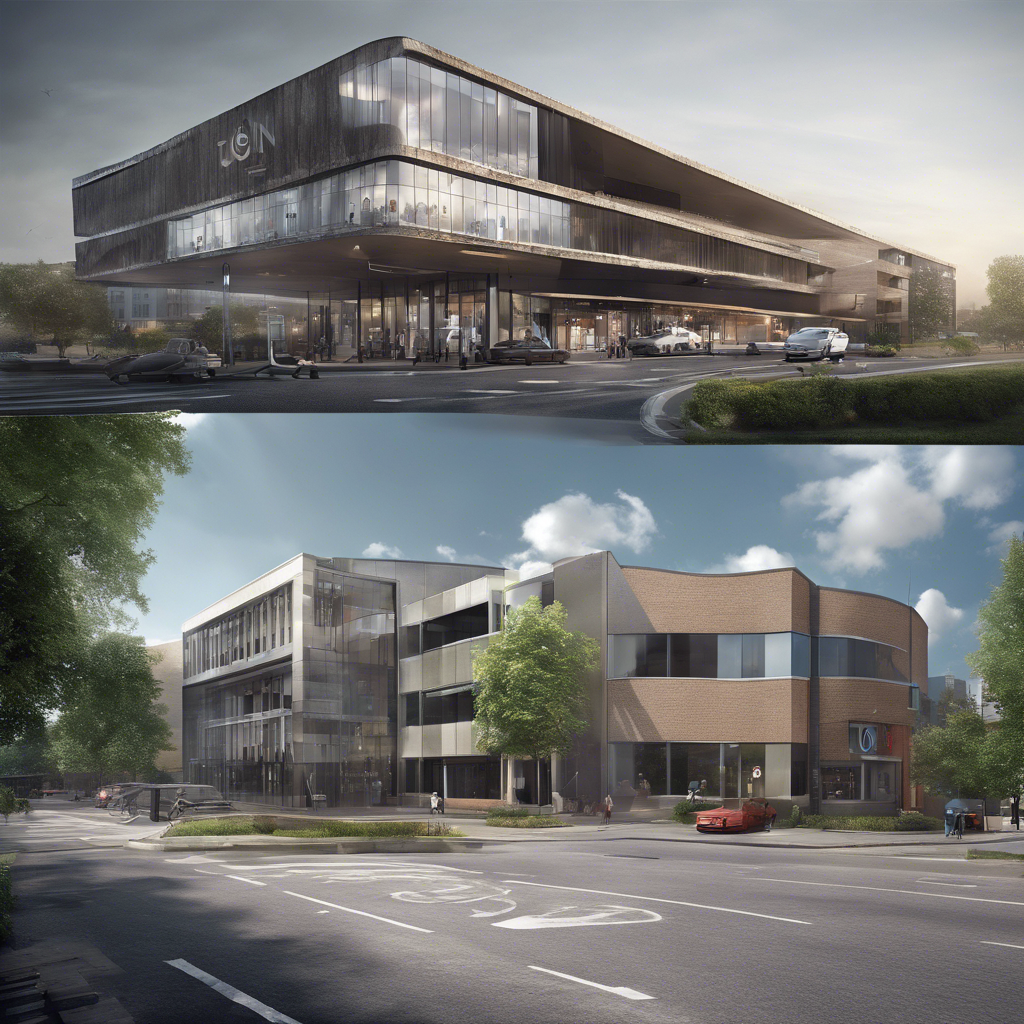The Fusion of Building Information Modeling and GIS: Enhancing Construction Projects
- Patricio Santacruz
- Jun 19, 2024
- 3 min read
Updated: Jun 19, 2024

In the ever-evolving landscape of the construction industry, the integration of innovative technologies has become a paramount factor driving efficiency and accuracy in project management. Among these transformative tools are Building Information Modeling (BIM) and Geographic Information Systems (GIS), which, when combined, offer a synergistic approach that revolutionizes the way construction projects are planned, executed, and maintained.
Understanding Building Information Modeling (BIM)
Building Information Modeling, commonly known as BIM, is a sophisticated digital representation of the physical and functional characteristics of a building or infrastructure project. It serves as a centralized hub for storing and managing essential project information throughout the construction lifecycle. By creating a 3D model that encompasses various elements, such as geometry, spatial relationships, and data attributes, BIM enables stakeholders to visualize the project comprehensively and make informed decisions at every stage.

Harnessing the Power of Geographic Information Systems (GIS)
On the other hand, Geographic Information Systems (GIS) focus on capturing, analyzing, and visualizing spatial and geographic data. GIS platforms allow professionals to integrate various layers of information onto a map, providing valuable insights into the geographical context of a project. From terrain analysis to infrastructure planning, GIS plays a crucial role in understanding the environmental impact and optimizing the design and development of construction projects.

The Symbiosis of BIM and GIS: A Game-Changer in Construction
When BIM and GIS are seamlessly integrated, the possibilities for enhancing construction projects are endless. By merging the detailed 3D modeling capabilities of BIM with the spatial analysis functionalities of GIS, professionals gain a comprehensive understanding of both the physical and geographic aspects of a project. This integration leads to improved collaboration, streamlined workflows, and enhanced decision-making processes throughout the project lifecycle.
The fusion of BIM and GIS enables stakeholders to:
Enhance Spatial Analysis : By overlaying BIM data onto GIS maps, professionals can conduct in-depth spatial analysis, identify potential conflicts, and optimize site selection based on geographic factors.
Improve Asset Management : The combined use of BIM and GIS facilitates efficient asset management by providing real-time updates on asset conditions, maintenance schedules, and spatial relationships.
Optimize Urban Planning : Urban planners leverage BIM-GIS integration to visualize proposed developments in the context of existing infrastructure, allowing for better decision-making and sustainable urban growth.

The Future of Construction: Leveraging BIM-GIS for Sustainable Growth
As the construction industry continues to evolve, the symbiotic relationship between Building Information Modeling and Geographic Information Systems will play a pivotal role in shaping the future of construction projects. By harnessing the power of data-driven insights, visualizations, and spatial analysis, professionals can drive innovation, improve efficiency, and create sustainable developments that meet the needs of a rapidly changing world.
In conclusion, the fusion of BIM and GIS represents a paradigm shift in how construction projects are conceptualized, designed, and executed. By embracing this integration, professionals can unlock a myriad of opportunities to enhance collaboration, streamline workflows, and deliver projects that not only meet but exceed expectations. As we look towards the future, the synergy between BIM and GIS will undoubtedly pave the way for a new era of transformative construction practices.
Let us embrace this digital revolution and embark on a journey towards a more sustainable and efficient construction industry, where innovation and technology converge to shape a better tomorrow.
Remember, the future of construction lies in the integration of technology and innovation. Stay ahead of the curve by embracing the power of BIM and GIS in your projects!


Thank you so much for sharing such valuable information on your blog.